The world keeps shrinking—or at least that’s how it feels when you can fly anywhere in 24 hours and check satellite views on your phone. But scattered across continents, certain forests still resist the modern urge to “improve” everything. These aren’t your weekend camping spots with numbered sites and flush toilets.
Here’s a list of 20 forests that escaped the modern world’s heavy hand—places where nature still calls the shots, where you can’t get cell service even if you wanted to, and where the only trails are the ones animals make.
Białowieża Forest, Poland/Belarus
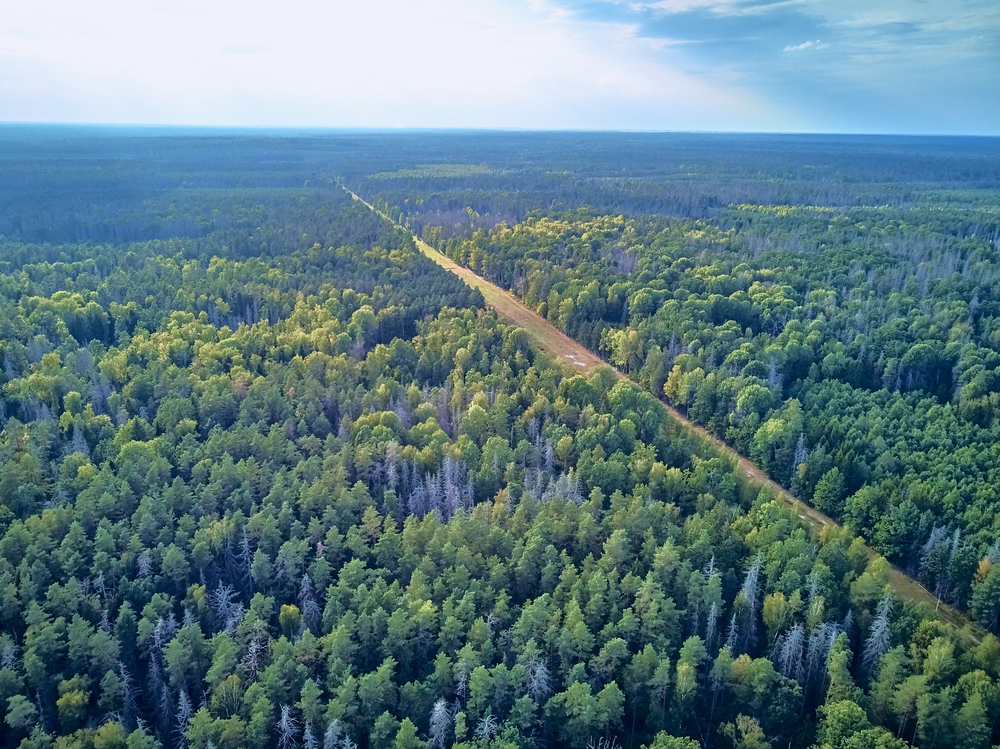
This primeval woodland straddles the border between Poland and Belarus, harboring the last remnants of the ancient forests that once covered most of Europe. About 600 European bison roam freely here—the continent’s heaviest land mammals, brought back from near-extinction after World War I when only 12 survived in zoos.
The forest hasn’t been logged in for over 600 years, creating a time capsule where oak trees reach 140 feet tall, and some have lived for five centuries.
Tongass National Forest, Alaska
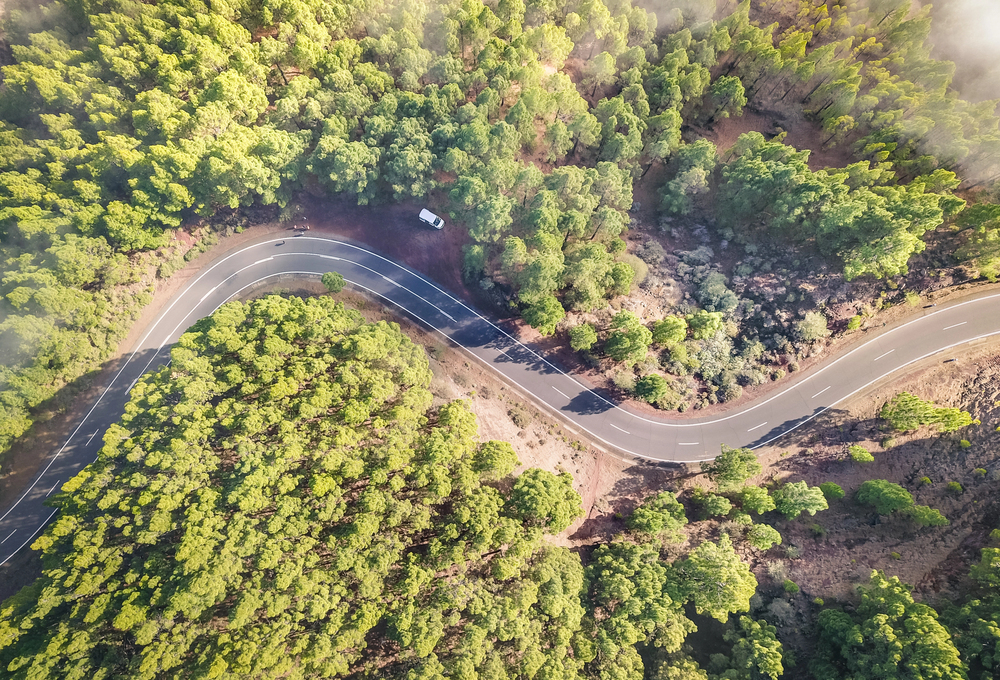
Earth’s largest intact temperate rainforest spreads across 17 million acres of southeastern Alaska, where Sitka spruce and western hemlock create a green cathedral. Some trees here were already giants when Columbus was still figuring out his navigation charts.
Salmon runs bring over a thousand bears to feed each year, and their fishing activities fertilize the forest—researchers found ocean nutrients from fish in trees a mile from any stream.
Like Travel Pug’s content? Follow us on MSN.
Daintree Rainforest, Australia
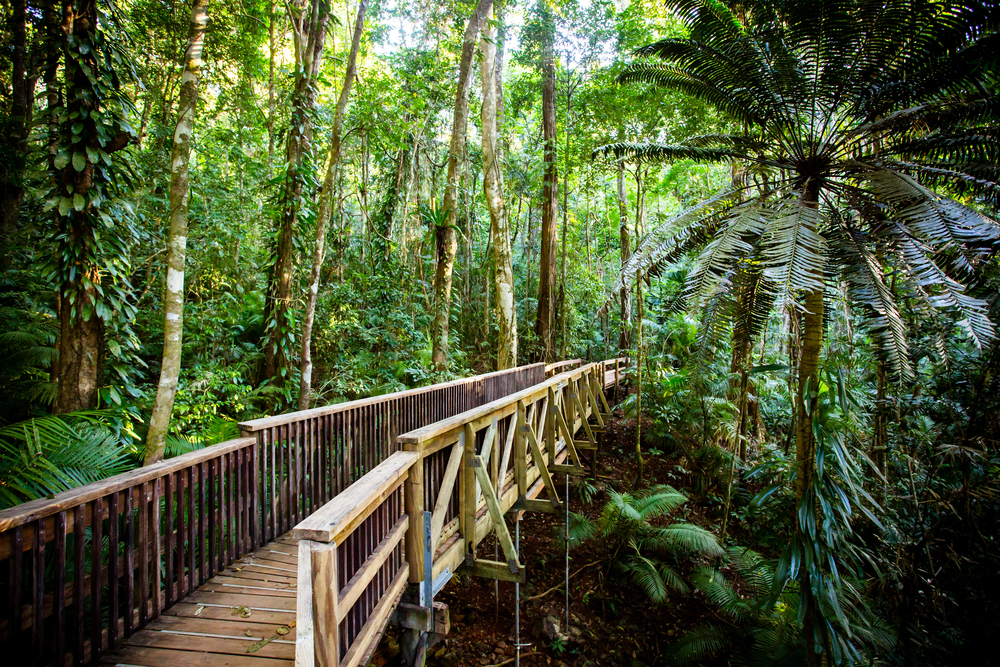
At 180 million years old, this Queensland rainforest was already ancient when dinosaurs showed up for their brief stint on Earth. More than 12,000 insect species call this place home, though scientists admit they’ve probably missed a few thousand.
The southern cassowary, a six-foot-tall bird known for bad temper and powerful kicks, patrols the forest floor like a prehistoric security guard. The local Aboriginal peoples, the Kuku Yalanji, have lived here for 50,000—roughly 49,900 years longer than any European settlement in Australia.
Tarkine Rainforest, Tasmania
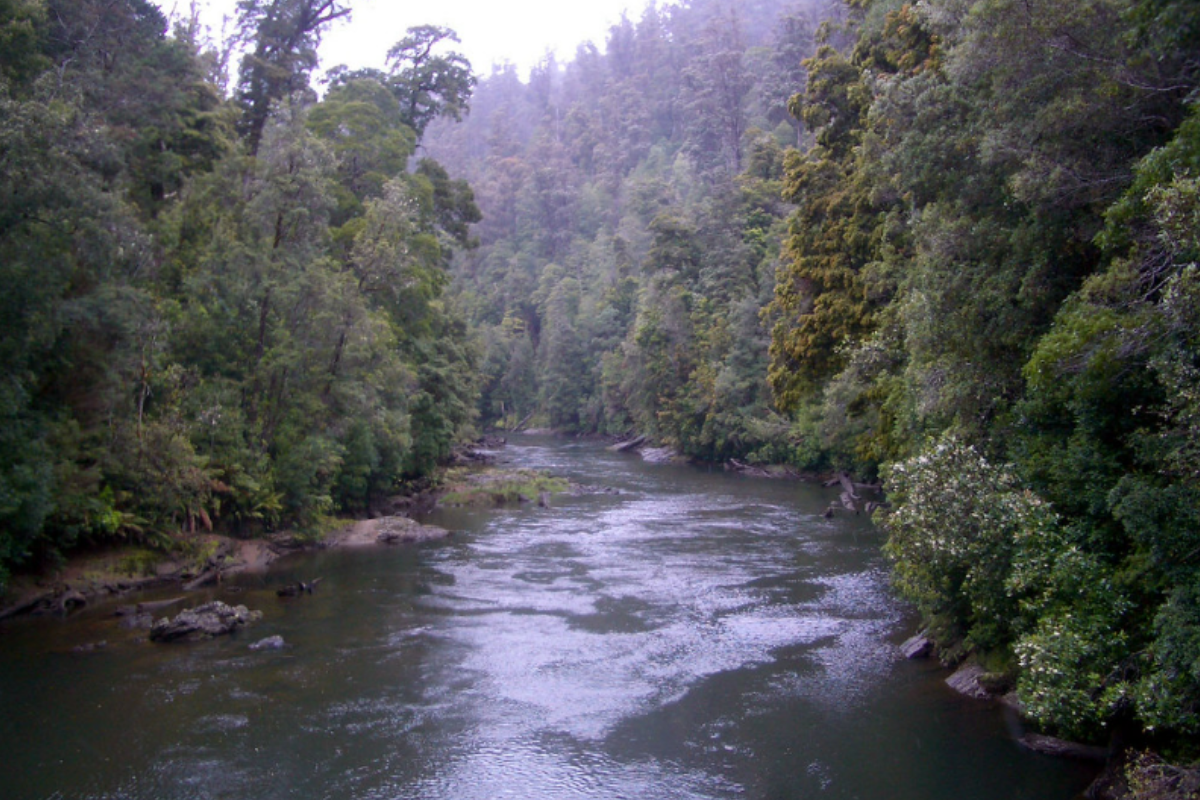
Hidden in Tasmania’s northwest corner, the Tarkine contains the second-largest temperate rainforest on Earth. Here, Huon pines have lived for 3,000 years—some were seedlings when King Tut ruled Egypt.
The forest floor stays so damp that rare primitive mosses and liverworts thrive, looking the same as their ancestors from 400 million years ago. Tasmanian devils still roam here in decent numbers, one of their last strongholds against the facial tumor disease decimating populations elsewhere.
Sinharaja Forest Reserve, Sri Lanka
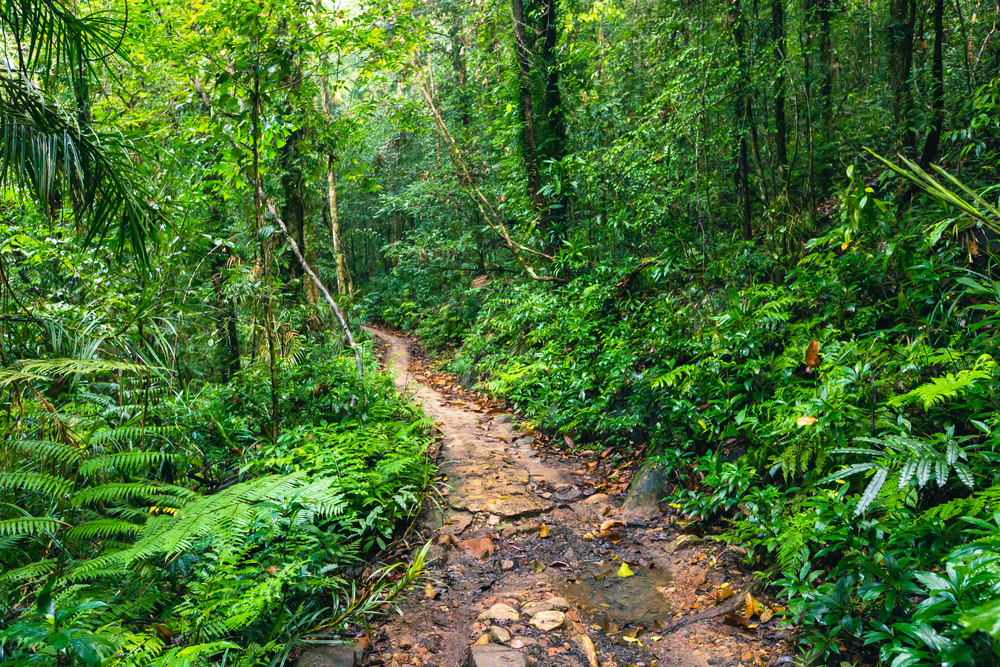
This last viable remnant of Sri Lanka’s tropical rainforest squeezes more biodiversity into 36 square miles than some countries manage in their entire territory. More than half the trees here grow nowhere else on Earth, and neither do 95% of the endemic birds that flit through the canopy.
During monsoon season, rain falls so hard it sounds like applause, feeding streams that cascade down the mountain slopes.
Like Travel Pug’s content? Follow us on MSN.
Yakushima Forest, Japan
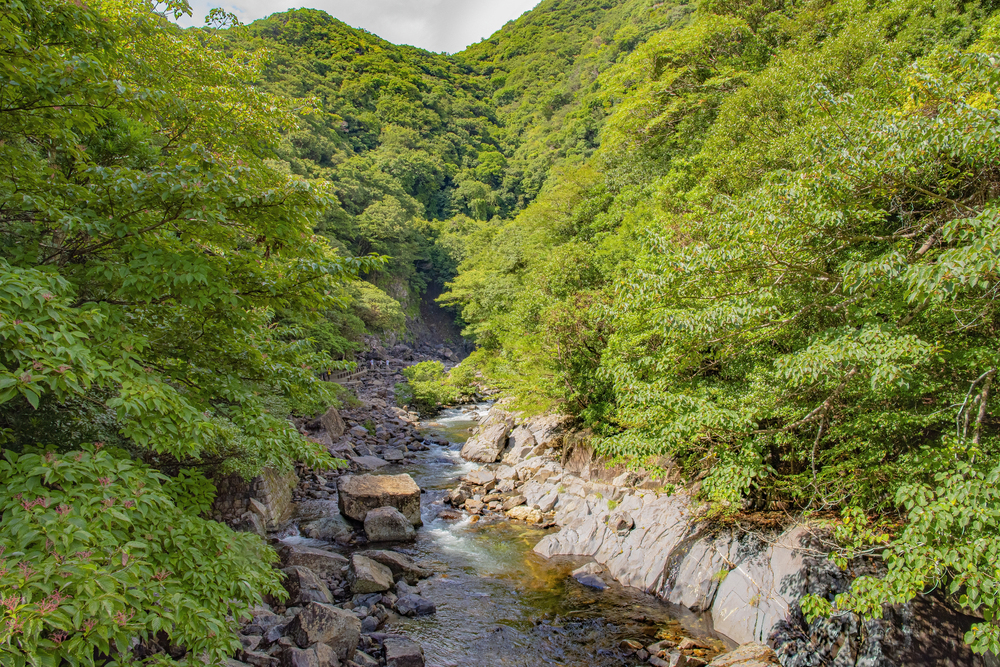
On this small island south of Kyushu, ancient cedar trees called yakusugi tower over hikers who look like ants at their bases. The oldest, Jōmon Sugi, started growing when Rome still had emperors—somewhere between 2,000 and 7,000 years ago, depending on which scientist you ask.
Rain falls up to 35 days a month here (locals joke that it rains “8 days a week”), creating perpetually damp conditions that fallen trees take centuries to decompose.
Croajingolong National Park, Australia
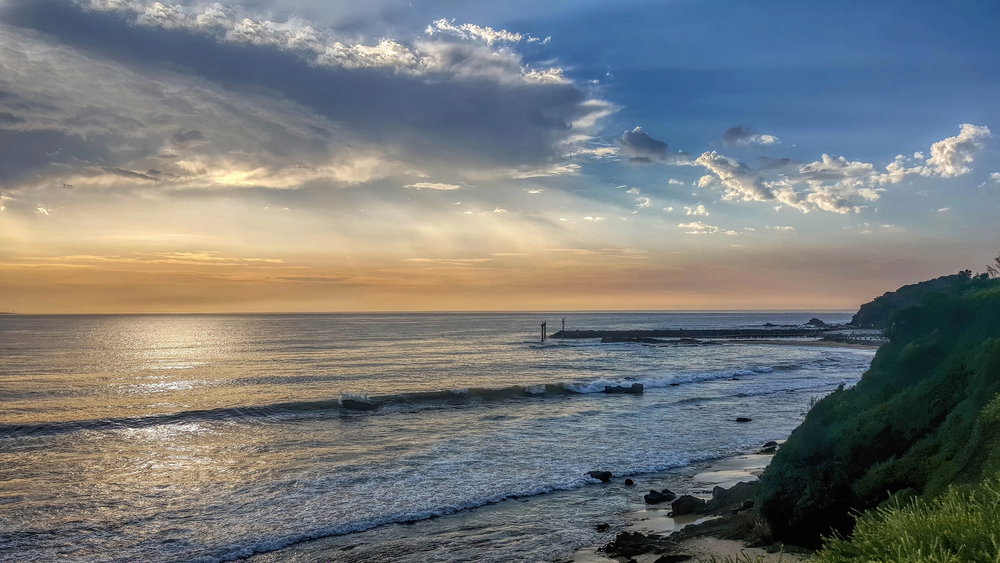
Stretching along Victoria’s far eastern coast, this park protects the largest coastal wilderness in the state, where rainforest meets the sea spectacularly. Giant eucalyptus trees rise 300 feet into frequent coastal fogs, creating weather systems that drip constant moisture to the forest floor.
The park provides sanctuary for endangered species like the long-footed potoroo, a tiny marsupial that spreads fungal spores essential for forest health.
Khao Sok National Park, Thailand

Scientists believe this southern Thailand rainforest is older than the Amazon, having escaped the ice ages that reshaped much of the planet 160 million years ago. Limestone karst towers thrust through the canopy like ancient castle spires, some reaching 3,000 feet high with sheer cliff faces.
The world’s largest flower, Rafflesia kerrii, blooms here—a three-foot monster that smells like rotting flesh to attract pollinating flies. Wild Asian elephants still roam the forest paths, though their numbers have dwindled to fewer than 200 individuals.
Like Travel Pug’s content? Follow us on MSN.
Great Bear Rainforest, British Columbia
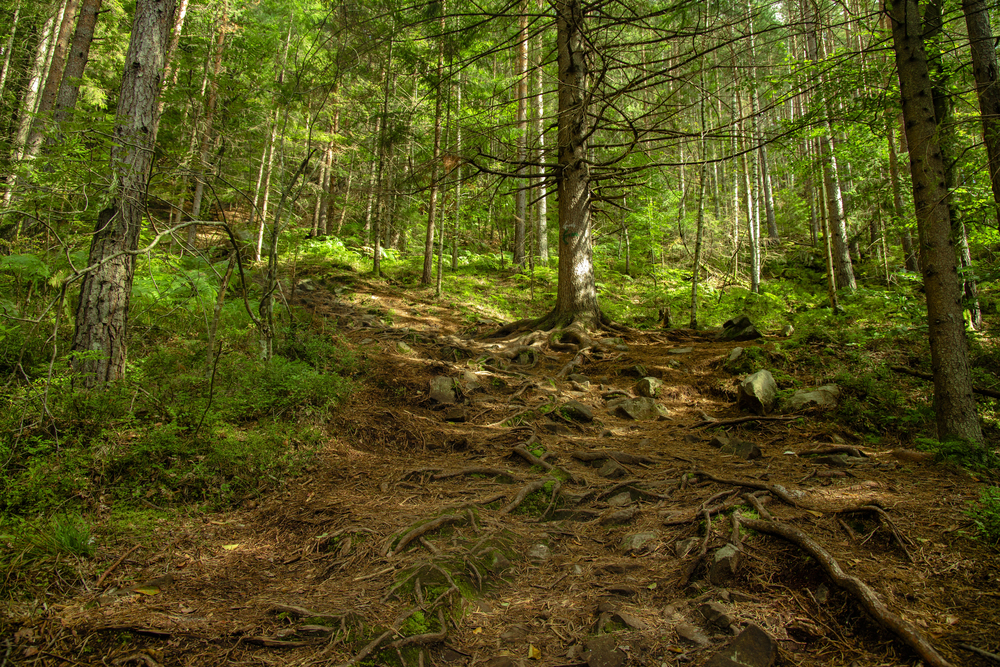
The world’s largest intact temperate rainforest sprawls across 21 million acres of British Columbia’s coast, where thousand-year-old cedars grow 200 feet tall. This is the only place on Earth where you’ll find spirit bears—black bears with white fur caused by a recessive gene, occurring in maybe one of every ten cubs. First Nations peoples have known about these ghost bears for millennia, but kept their existence secret from outsiders until the 1990s.
Valdivian Temperate Rainforest, Chile
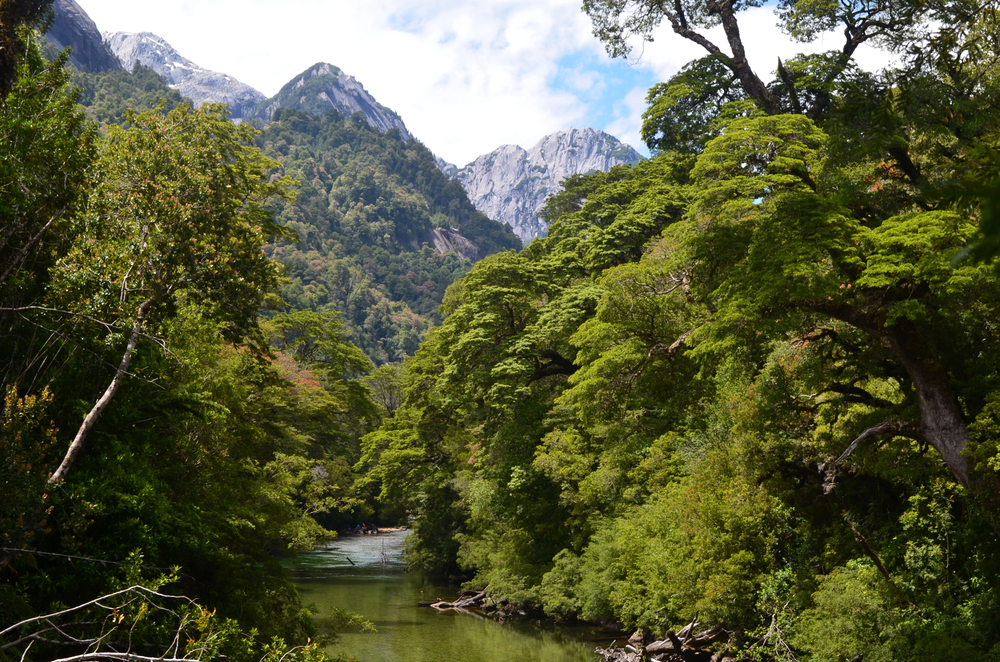
One of the world’s rarest forest types clings to Chile’s Pacific coast, where some alerce trees have been growing since before the Roman Empire fell. These giants can live 4,000 years and grow 200 feet tall, earning them the nickname “redwoods of the south.”
The forest’s year-round rainfall and moderate temperatures create perfect conditions for the world’s smallest deer, the pudú, which stands barely 15 inches tall at the shoulder.
Mau Forest, Kenya
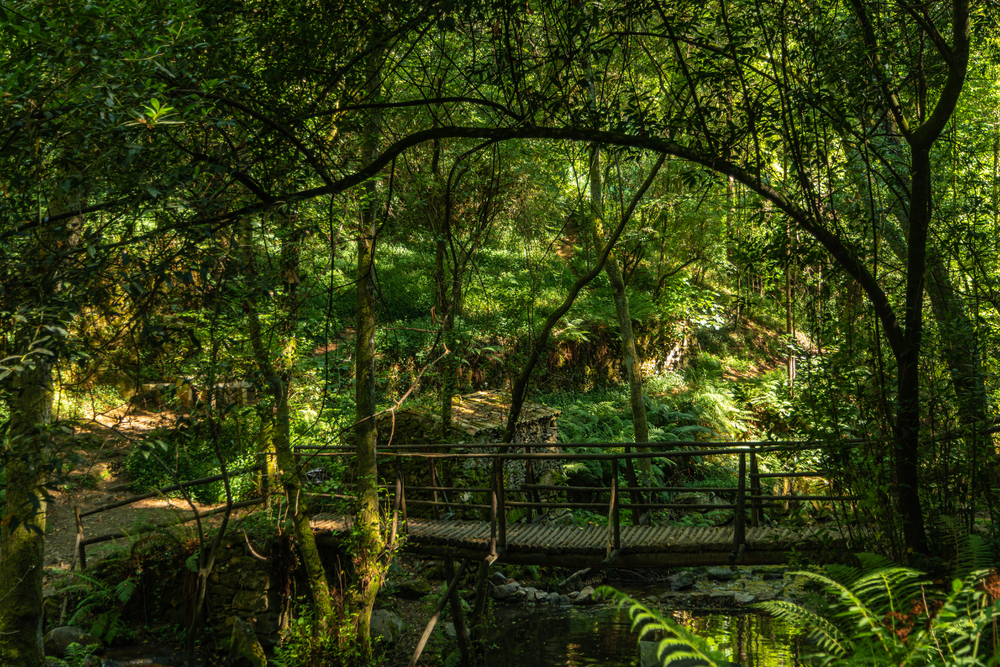
East Africa’s largest indigenous montane forest is Kenya’s most important water catchment, feeding 12 major rivers supporting millions downstream. Colobus monkeys swing through the canopy while forest elephants maintain ancient paths that have existed for thousands of years.
The Ogiek people, one of Kenya’s last hunter-gatherer communities, have lived in these forests for centuries, traditionally keeping bees in hollow logs high in the trees.
Like Travel Pug’s content? Follow us on MSN.
Monteverde Cloud Forest Reserve, Costa Rica
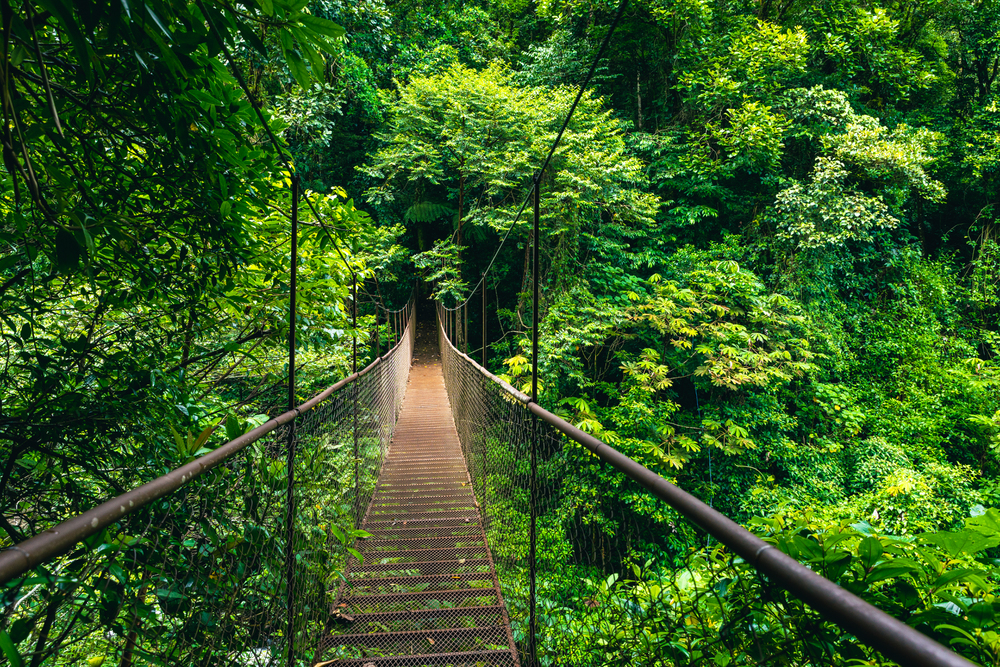
Perpetual mist shrouds this mountain forest, where clouds sweep through the trees 100 days a year, creating an ethereal atmosphere that feels like another planet. The constant moisture supports 3,000 plant species, including 500 orchids blooming in impossible colors throughout the canopy.
Resplendent quetzals, sacred birds of the ancient Maya, flash their iridescent green feathers as they feast on wild avocados. The forest hosts more than 100 species of mammals, though most visitors only ever see the tracks they leave in the muddy trails.
Bwindi Impenetrable Forest, Uganda
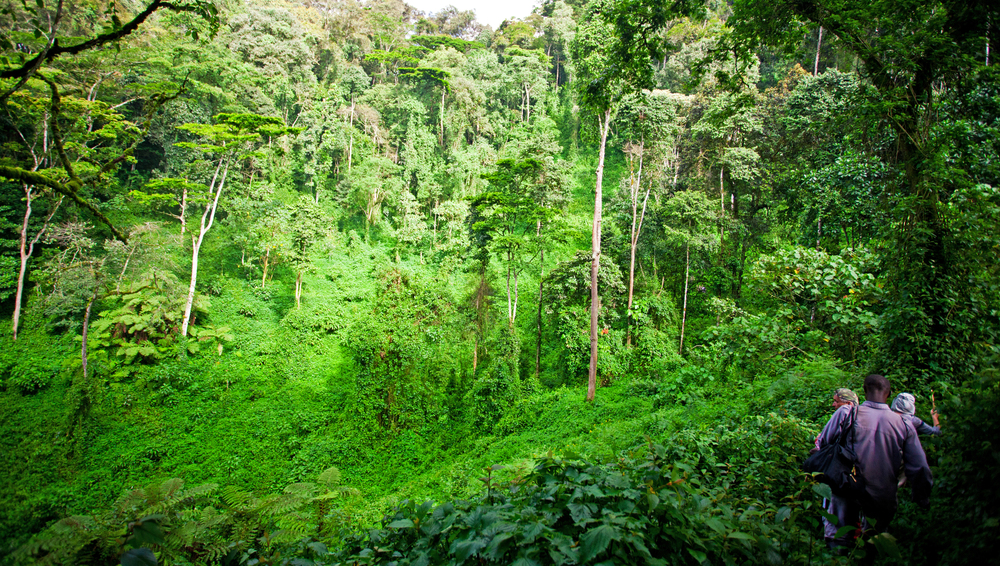
True to its name, this ancient forest has walls of vegetation so thick that machetes bounce off the tangled vines. Half the world’s mountain gorillas live here—about 460 individuals split into 50 family groups that maintain careful territories throughout the park.
Even at midday, the forest floor stays in permanent twilight, with bird calls echoing through the green darkness.
Perućica Forest, Bosnia and Herzegovina
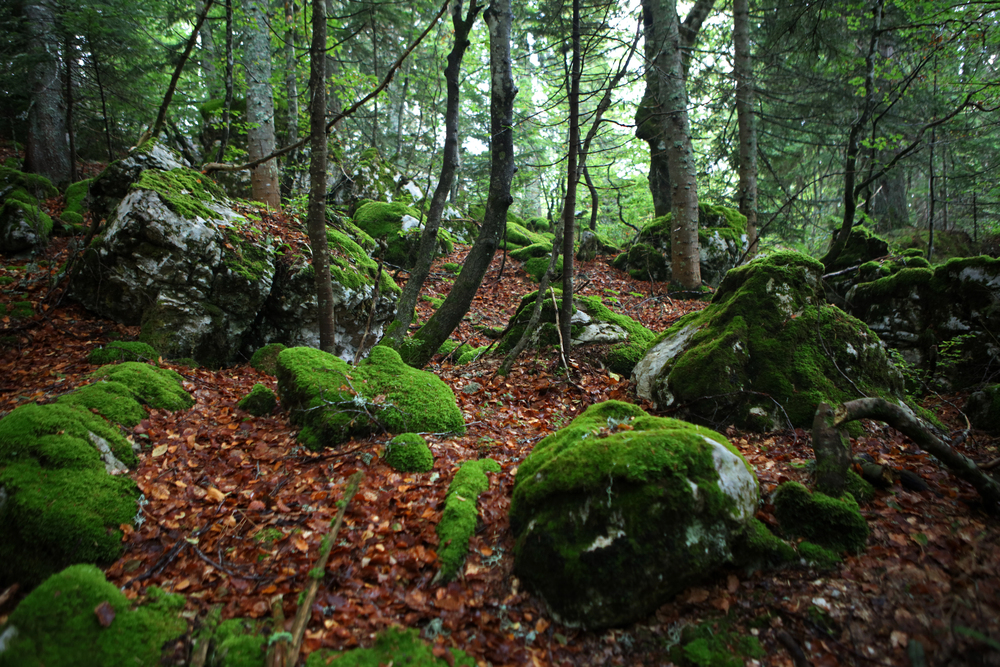
Hidden within Sutjeska National Park, this pocket of primeval forest somehow dodged every axe and saw for the last 20,000 years. Beech and black pine trees reach 200 feet, while the forest floor hosts more than 170 tree species and 1,000 plant varieties.
Brown bears still patrol these woods in decent numbers, sharing the territory with wolves, wild boar, and chamois. The forest’s most impressive resident might be a 400-year-old spruce nicknamed “Kralj Sutjeske” (King of Sutjeska), standing 200 feet tall.
Like Travel Pug’s content? Follow us on MSN.
Sundarbans, India/Bangladesh
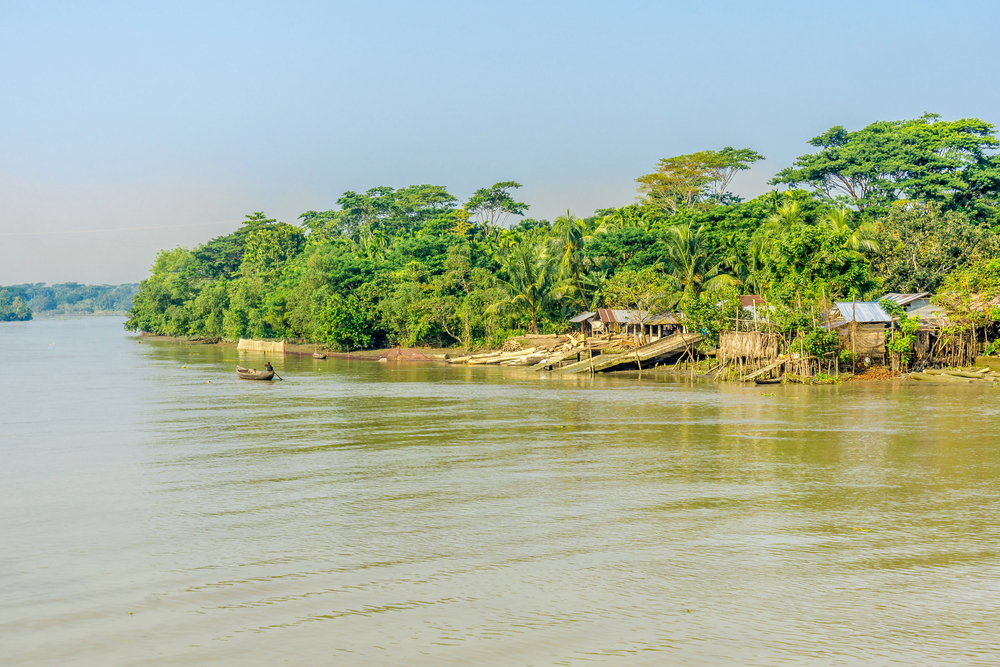
The world’s largest mangrove forest sprawls across 4,000 square miles of the delta where the Ganges, Brahmaputra, and Meghna rivers meet the Bay of Bengal. Royal Bengal tigers patrol this watery maze—the only tigers on Earth that regularly swim between islands and occasionally hunt in salt water.
Local honey collectors, called mowallis, risk their lives entering the forest to harvest wild honey, protected only by masks worn on their heads to confuse stalking tigers.
Odzala-Kokoua National Park, Republic of Congo
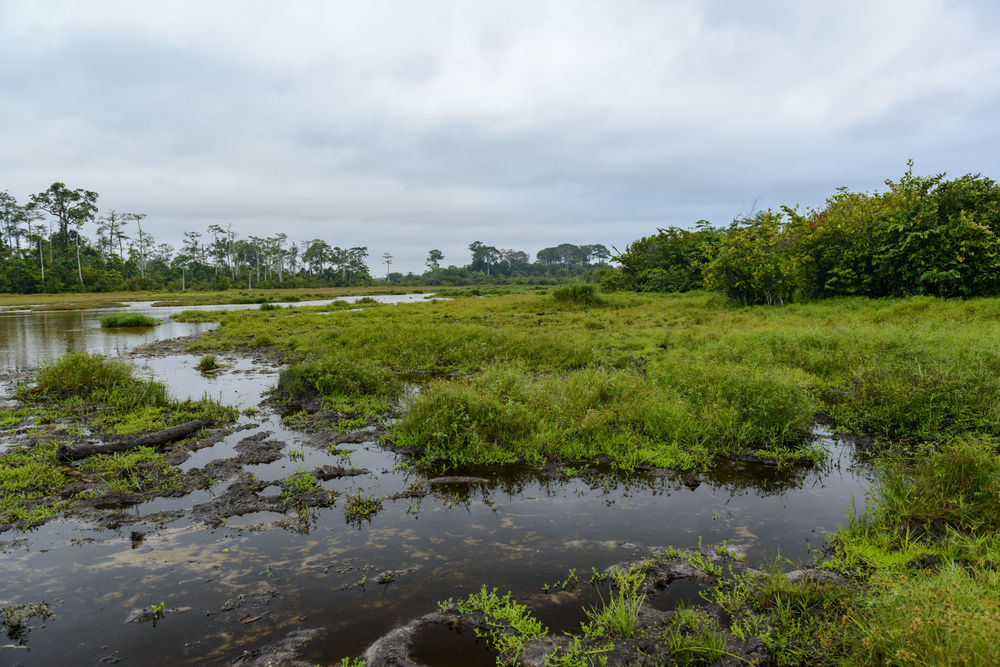
Deep in the Congo Basin, this pristine rainforest shelters one of Africa’s largest populations of western lowland gorillas—about 22,000 individuals at last count. Forest elephants carve highways through the undergrowth that smaller animals follow, while bongo antelopes ghost through clearings at dawn.
The local Ba’Aka pygmies navigate the forest using subtle signs invisible to outsiders, identifying edible plants, medicinal herbs, and animal tracks with knowledge accumulated over millennia.
Corcovado National Park, Costa Rica
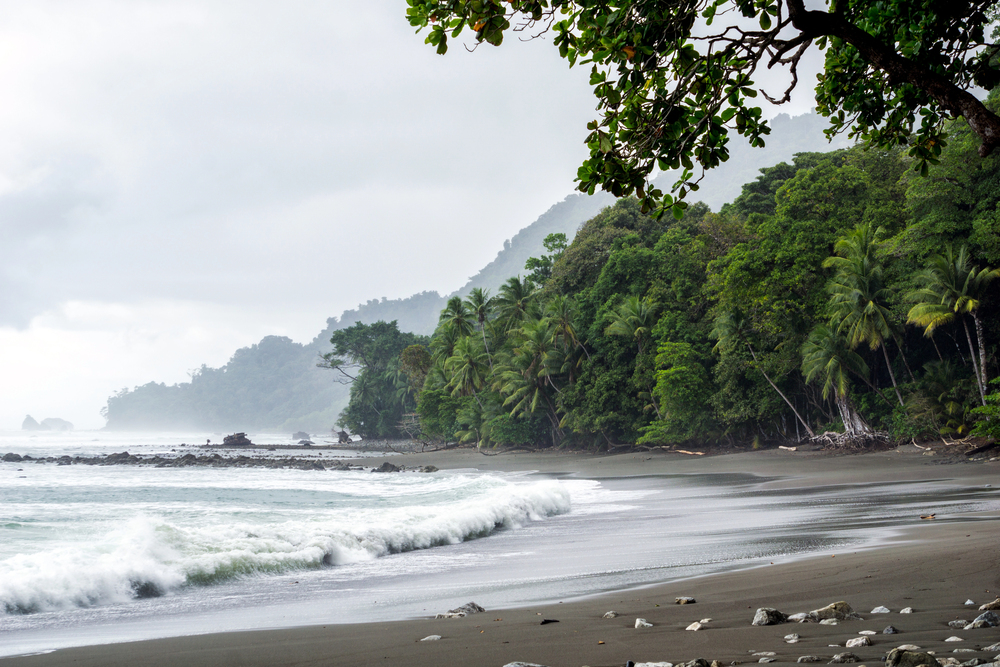
National Geographic once called this remote peninsula “the most biologically intense place on Earth.” The numbers back it up—2.5% of the world’s biodiversity packed into 0.001% of its surface area.
Scarlet macaws nest in ancient almendro trees while all four Costa Rican monkey species swing through the canopy overhead. Jaguars still hunt the beaches at night, leaving tracks in the sand between nesting sea turtles.
Like Travel Pug’s content? Follow us on MSN.
Taman Negara, Malaysia
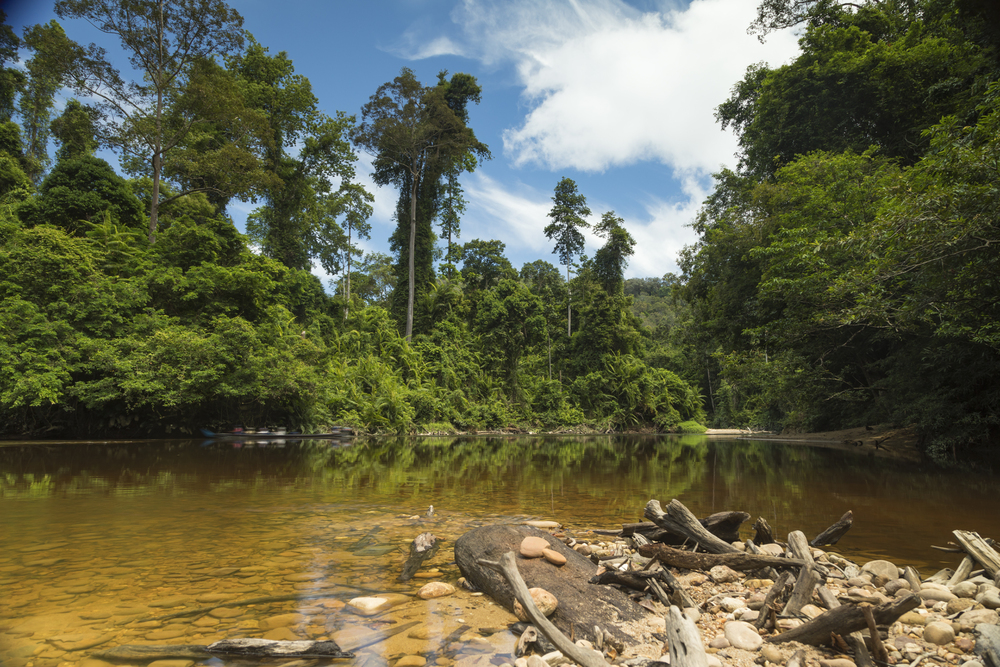
At 130 million years old, this Malaysian rainforest watched dinosaurs come and go while barely changing itself. The canopy walkway, swaying 150 feet above the forest floor, offers glimpses of hornbills, flying squirrels, and the occasional slow loris.
Malayan tigers still prowl these ancient paths, though spotting one requires extraordinary luck—maybe 200 remain in the entire country.
Pechora-Ilych Nature Reserve, Russia
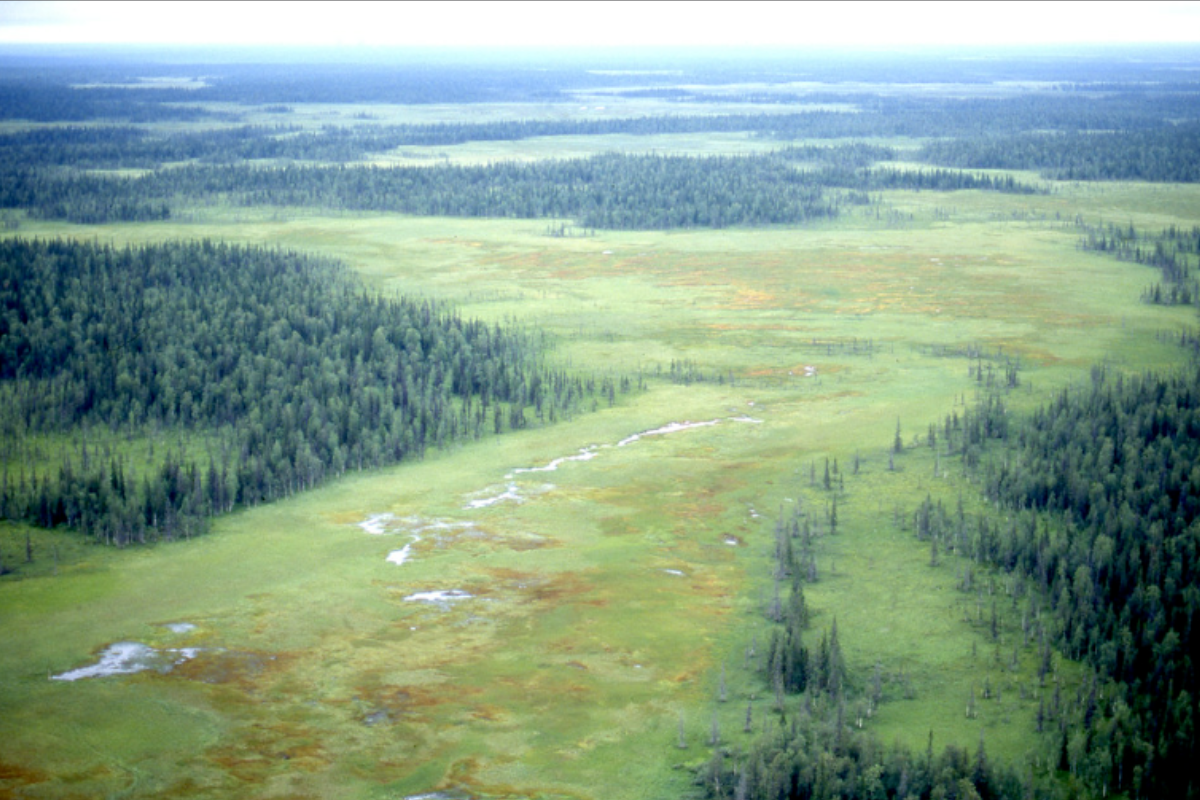
Europe’s largest virgin forest spreads across the western foothills of the Ural Mountains, where winters drop to -40°F and snow lingers into June. Ancient Siberian pines older than most European cities stand guard over one of the last places where all the original taiga species still thrive—brown bears, wolves, wolverines, lynx, and the occasional wandering elk.
The forest floor erupts with berries and mushrooms during the summer, when 20 hours of daylight fuel explosive growth.
Amazon Rainforest (Uncontacted Areas), Brazil
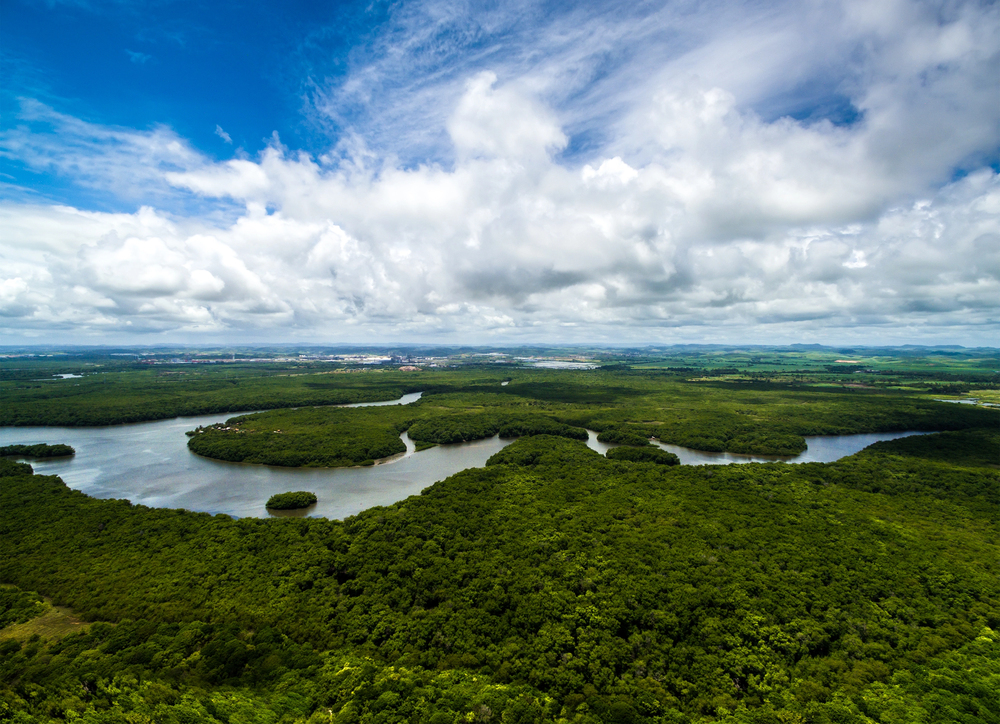
Deep in the western Amazon, several indigenous tribes continue living exactly as their ancestors did, having never made peaceful contact with the outside world. Satellite images occasionally capture their clearings and communal houses, but Brazil’s FUNAI agency maintains strict no-contact policies to protect these groups from diseases and cultural disruption.
Ancient Brazil nut trees, some over 1,000 years old, tower above the canopy while harpy eagles hunt monkeys in the branches below.
Like Travel Pug’s content? Follow us on MSN.
The Last Wild Places: Our Inheritance
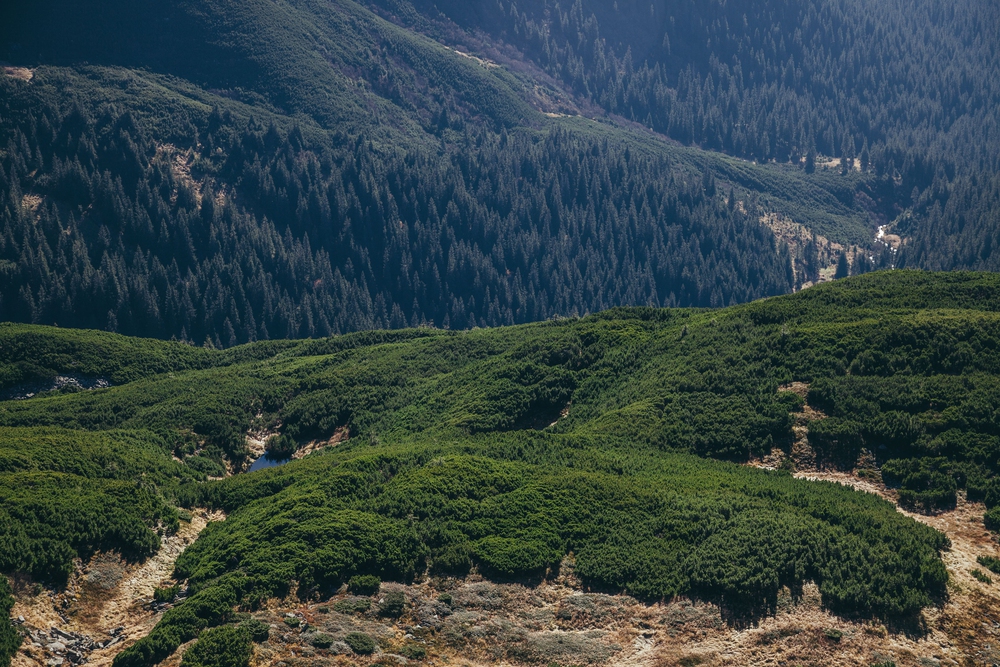
These forests aren’t just pretty places to take pictures—they’re living museums of what Earth looked like before humans decided to rearrange everything. Every massive tree, every rare orchid, and every tiger track in the mud represents millions of years of evolution that happened without our input.
As the modern world keeps expanding, these untouched forests become more valuable than any gold mine or oil field. They’re our planet’s emergency backup files, storing genetic information and ecological processes we’re only beginning to understand.
More from Travel Pug

- Cities Growing so Fast You Won’t Recognize Them in 10 Years
- 13 Destinations Where Tourists Regularly Regret Their Trip
- 16 U.S. Cities That Are Quietly Becoming Travel Hotspots
- Where to Travel If You Love Long Bus Rides and Daydreams
- 20 Cities Perfect for Solo Travelers Who Crave Adventure & Culture
Like Travel Pug’s content? Follow us on MSN.
